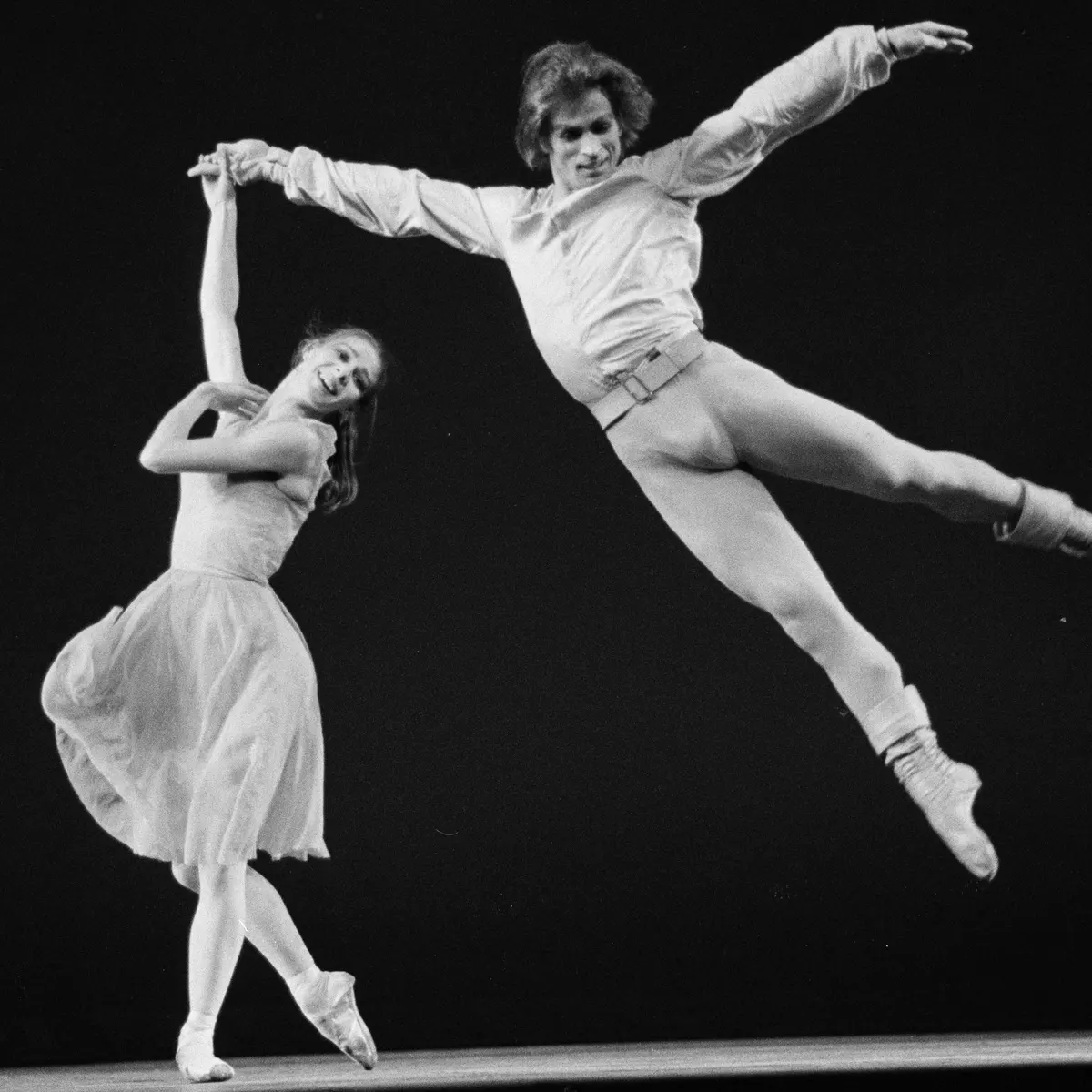Rudolf Nureyev: The Twentieth Century Ballet Icon
Rudolf Nureyev often hailed as one of the most gifted ballet dancers of the 20th century, carved a legacy that stretches beyond the confines of the ballet stage. His deflection from the Soviet Union and subsequent fame in the West changed the global perception of male ballet dancers. Beyond his professional accolades, Nureyev's personal life, especially his relationship with the celebrated Danish dancer Erik Bruhn, became a significant aspect of his narrative.
Early Life and Training:
Born on March 17, 1938, in Irkutsk, Soviet Union, Nureyev's introduction to dance began at a young age. By 1958, he joined the Kirov Ballet (now Mariinsky Ballet) in Leningrad, rapidly ascending to the position of a soloist due to his prodigious talent.

Defection to the West:
In 1961, during the Kirov Ballet's tour in Paris, Nureyev defected from the Soviet Union, a decision spurred by a combination of artistic restrictions and personal freedoms. This daring act made headlines globally, and Nureyev soon found himself at the center of Western cultural life. He joined the Royal Ballet in London as a principal dancer, where his partnership with British ballerina Margot Fonteyn became legendary.
Legacy and Artistry:
Nureyev brought a unique energy and interpretation to traditional ballet roles, infusing them with a combination of raw intensity and technical prowess. His influence was not limited to performing; he choreographed numerous ballets and became the director of the Paris Opera Ballet in 1983.
Personal Life and Relationship with Erik Bruhn:
Away from the limelight, Nureyev's life was as intense and passionate as his dance. His relationship with the famed Danish dancer Erik Bruhn, a principal dancer with the Royal Danish Ballet, became one of the most talked-about aspects of his personal life. While the duo shared a deep artistic bond, their personal relationship was marked by its intensity, complexity, and mutual admiration. Bruhn, being older, often played a guiding role in Nureyev's life, both professionally and personally. Their relationship, while tumultuous at times, remained one of the most significant in Nureyev's life until Bruhn's untimely death in 1986.
Later Life and Legacy:
Despite facing health issues in his later years, Nureyev remained devoted to ballet. He passed away on January 6, 1993. Today, his influence remains evident in the world of ballet. The Rudolf Nureyev Foundation, established in 1975, continues to support dance, particularly ballet, ensuring that Nureyev's passion and commitment to the art form live on.
Rudolf Nureyev's story is one of relentless passion, unyielding determination, and a love for ballet that transcended borders and political divides. His legacy, both as a ballet dancer and a cultural icon, resonates to this day, underscoring the power of art to touch lives and bridge divides.





